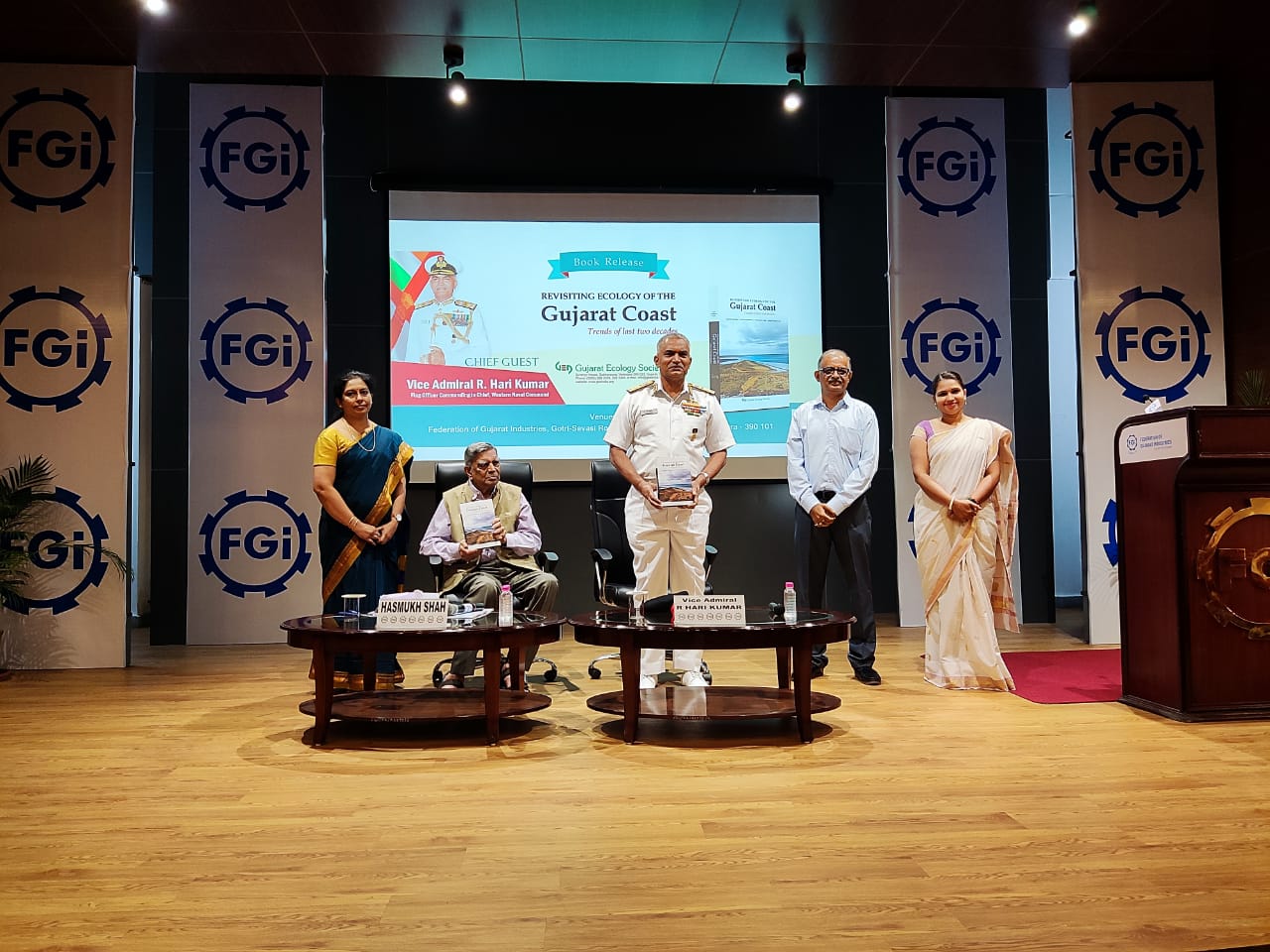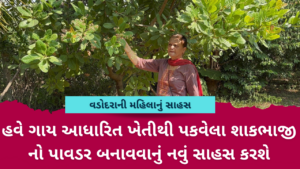Environmental consequences, developmental pressure, social and livelihood insecurity, economic sustainability, and climate change are all factors that have prompted the need to revise existing conservation and sustainable policies along the Gujarat coast.
In 1998, the Gujarat Ecology Society (GES) conducted a baseline survey throughout the Gujarat coast, documenting environmental, demographic, and sociological changes in coastal talukas. The book is a follow-up to the Gujarat Ecology Society’s (GES) thorough benchmark research from 1998, which looked at the ecology of the Gujarat coast and trends over the last two decades.
The book is divided into seven chapters, one for each coastal section of the Gulf of Kachchh, Gulf of Khambhat, Saurashtra coast, and South Gujarat coast. It highlights dynamism in the environment, development, population, and socio-economic factors.
The study is the first of its kind along the Indian coast, showing the degree of change in the last twenty years. The findings of the book highlight the trends in environmental factors, geological shifts, the stretch of industrialization, shift in social architecture, migration patterns, pollution, heavy metal contamination, and dilution of dialect and culture.
“The book also emphasizes timely interventions by the federal and state governments to safeguard the environment, raise the standard of living, and numerous facilities given under public-private partnerships to promote growth and economic prosperity,” said Dr. Deepa Gavali, director of the GES.
The book combines critical information, including digitizing traditional and contemporary changes along Gujarat’s 47 coastal talukas, and presents it in a user-friendly manner. A CD-ROM featuring 30 years of socio-economic data for the selected coastline settlements is an intriguing aspect of the book.
Dr. Deepa Gavli, Jayendra Lakhmapurkar, and Sonia Kumari collaborated on the book.
According to Deepa Gavali, coastal areas are rapidly developing. We wonder if the government is prepared to deal with disasters, pollution along the coast has increased, as has water salinity. We presented certain management practices in the book to help with sustainable development. In policy-making studies, the government will take their book into account.
Written by:
Shristi Chatterjee





